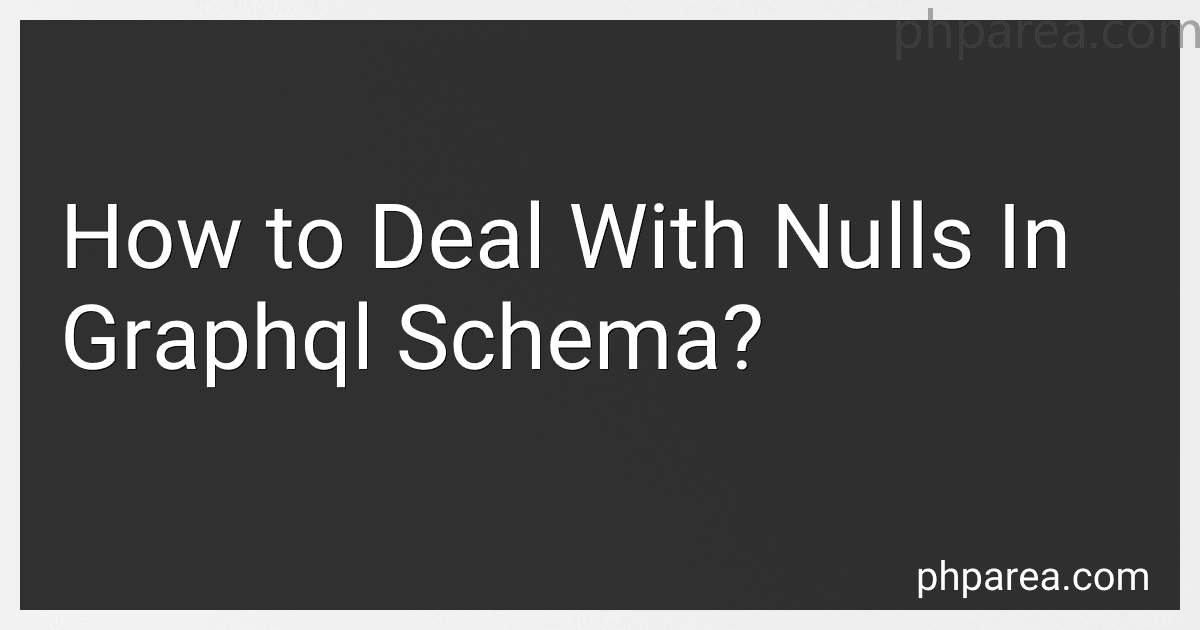Best Tools for Handling Nulls in GraphQL Schemas to Buy in December 2025
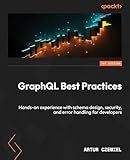
GraphQL Best Practices: Gain hands-on experience with schema design, security, and error handling


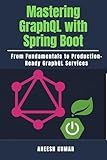
Mastering GraphQL with Spring Boot: From Fundamentals to Production-Ready GraphQL Services


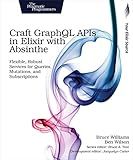
Craft GraphQL APIs in Elixir with Absinthe: Flexible, Robust Services for Queries, Mutations, and Subscriptions


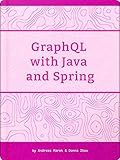
GraphQL with Java and Spring



REACT NATIVE: Scopri la guida completa alla programmazione di siti internet e web app con ReactJs, costruisci soluzioni scalabili con GraphQL e sviluppa applicazioni Full Stack. (Italian Edition)


In GraphQL, dealing with null values in a schema involves defining fields as optional or non-nullable. By default, all fields in a schema are nullable, meaning they can return a null value. To make a field non-nullable, you can add an exclamation mark after the field type declaration in the schema definition. This ensures that the field will always return a non-null value when queried.
Handling nulls in GraphQL queries involves checking for null values in the response data and handling them appropriately in the client code. This can be done using conditional statements or error handling mechanisms in the client application. Additionally, you can set default values for fields in the schema to prevent nulls from being returned in the response data.
Overall, dealing with nulls in a GraphQL schema involves defining fields as nullable or non-nullable, handling null values in query responses, and setting default values for fields to ensure consistent data retrieval.
How do you prevent null values in a GraphQL schema?
You can prevent null values in a GraphQL schema by using the Non-Null type modifier on fields that should not be allowed to have a null value. This modifier is denoted by adding an exclamation mark (!) after the field type in the schema definition.
For example, in a GraphQL schema definition:
type User { id: ID! name: String! age: Int! }
In this schema definition, the fields id, name, and age are marked as non-null with the exclamation mark, indicating that these fields must always have a value and cannot be null.
When a client requests the data and tries to query a field that is marked as non-null but doesn't have a value, GraphQL will return an error instead of allowing the null value to be returned. This helps enforce the data integrity and prevents unexpected null values from being returned in the responses.
How can you use default values to avoid nulls in a GraphQL schema?
In a GraphQL schema, you can set default values for fields using the default directive or by specifying default values in the resolver functions.
- Using the default directive: You can use the default directive in the schema definition to set default values for fields. For example, you can define a default value for a field like this:
type User { id: ID! name: String! @default(value: "John Doe") }
This way, if the 'name' field is not provided in a query, the default value "John Doe" will be returned.
- Specifying default values in resolver functions: In the resolver functions, you can check if the requested field is null and return a default value if it is. For example, in a resolver function for a field 'name':
Query: { user: (_, args) => { const user = getUserById(args.id); if (!user.name) { user.name = "John Doe"; } return user; }, },
This way, if the 'name' field in the 'user' object is null, the resolver function sets a default value of "John Doe" before returning the user object.
By using default values in the GraphQL schema, you can ensure that fields always have a value, thereby avoiding nulls in the response.
What is the default behavior for null values in a GraphQL schema?
The default behavior for null values in a GraphQL schema is that a field can either return a non-null value, or null. By default, scalar types in a GraphQL schema are nullable, meaning that they can return null if there is no data available for that field. However, for object types, fields are non-null by default, meaning that they cannot be null unless explicitly specified as nullable using the nullable modifier (?).
What are the implications of nullable vs. non-nullable fields in a GraphQL schema?
Nullable fields in a GraphQL schema allow for flexibility in data querying, as they may or may not have a value. This can be helpful in cases where certain data is optional and may not always be present. However, it also means that the client must account for potential null values and handle them appropriately.
Non-nullable fields, on the other hand, require that a value be present for the field in the returned data. This can help enforce data integrity and provide a level of certainty in the structure of the data being returned. However, it may also make querying more rigid and potentially lead to errors if a required field is missing.
Overall, the choice between nullable and non-nullable fields in a GraphQL schema should be based on the specific needs and requirements of the application. Nullable fields provide flexibility but require additional handling, while non-nullable fields offer more rigidity but ensure data integrity.
How do you handle null values when performing GraphQL schema introspection?
When performing GraphQL schema introspection, it is important to handle null values properly in order to avoid errors.
One common approach is to include nullability information in the schema introspection result. This means that for each field in the schema, the introspection result should include whether the field is nullable or non-nullable. This information can then be used to handle null values appropriately when querying the schema.
Another approach is to handle null values at the client side by checking for null values in the response from the server and handling them accordingly. This can be done by using conditional logic to check for null values before accessing the data in the response object.
Overall, it is important to be mindful of null values when performing schema introspection in GraphQL and to properly handle them to ensure a smooth and error-free experience for clients querying the schema.
How do you communicate null values to clients in a GraphQL schema?
Null values in a GraphQL schema can be communicated to clients by representing them as nullable types in the schema itself. When defining the schema, fields that can potentially have null values should be marked as nullable by using a Type! syntax where Type represents the type of the field.
For example, if you have a field name that can be null, you would define it in the schema as name: String instead of name: String!. This indicates to clients that the name field can be null.
In addition, when querying for data, clients can explicitly request null values by including the field in the query and checking for null values in the response. If a field is not included in the query, it will be omitted from the response.
Overall, by properly defining nullable types in the schema and handling null values in queries and responses, clients can effectively communicate and handle null values in a GraphQL API.
